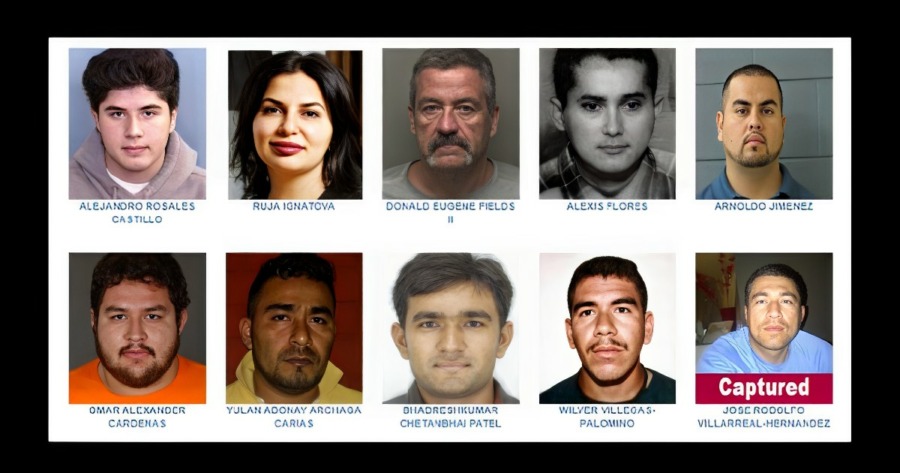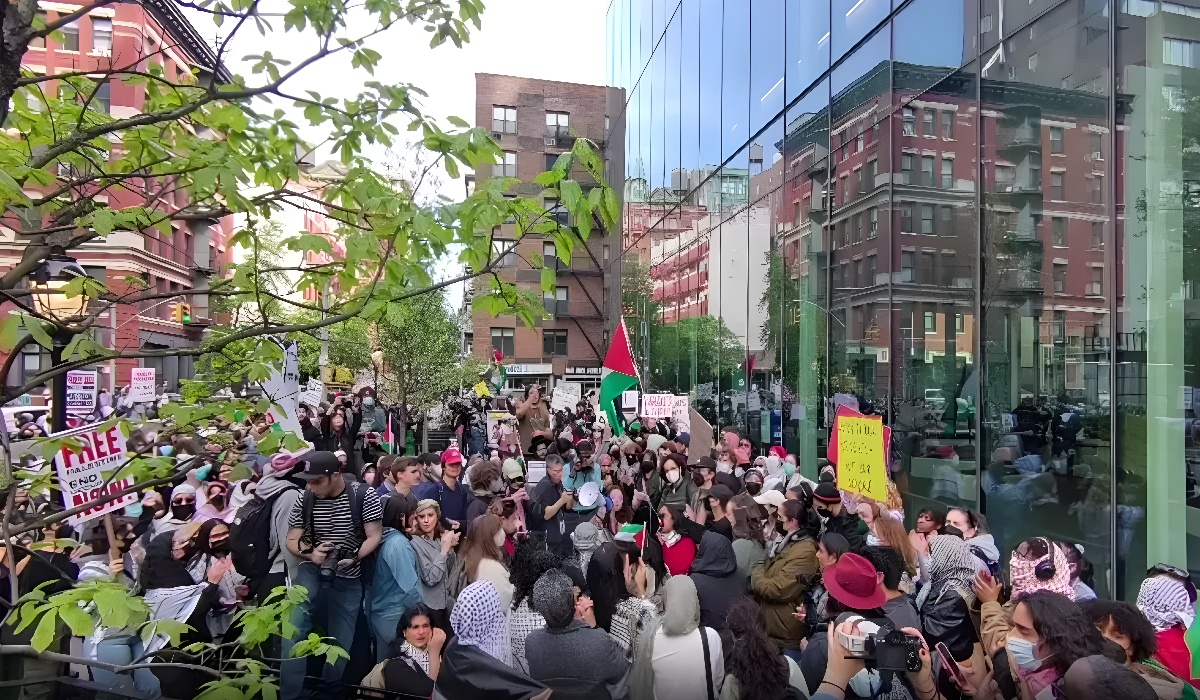In American crime-fighting history, one list stands out as a symbol of relentless pursuit and public engagement—the FBI’s “Ten Most Wanted Fugitives.” Born out of a news reporter’s curiosity and a desire to capture the nation’s most dangerous criminals, this list has evolved, adapting to the changing landscape of crime and media.
On March 14, 1950, a reporter from the International News Service approached the FBI with a simple question: Who are the “toughest guys” you want to capture? This seemingly innocuous query set the wheels in motion for an iconic program. The resulting story generated immense publicity and public interest, prompting then-FBI Director J. Edgar Hoover to establish the “Ten Most Wanted Fugitives” program.
The first name on the list was Thomas James Holden, sought for the brutal murder of his wife, her brother, and her stepbrother. It began a program that would soon capture the nation’s imagination.
The primary purpose of the “Ten Most Wanted Fugitives” program is to publicize particularly dangerous criminals who might otherwise escape national attention. The FBI recognizes public assistance’s invaluable role in tracking these fugitives. To be considered for inclusion on the list, a fugitive must meet specific criteria:
- Extensive Criminal Record: The individual must have a lengthy history of committing serious crimes or pose an immediate threat to society due to pending criminal charges.
- Need for Publicity: It must be believed that nationwide publicity can aid in apprehending the fugitive, who may not already be notorious due to other media coverage.
The selection process involves the Criminal Investigative Division at FBI Headquarters, which solicits candidates from all 56 Field Offices. Special Agents review these nominees, and FBI Executive Management approves the final selection.
Over the years, the composition of the “Ten Most Wanted Fugitives” list has evolved to reflect shifting priorities in law enforcement. The list featured bank robbers, burglars, and car thieves in its early years. During the turbulent 1960s, revolutionaries, saboteurs, and kidnappers dominated the list. The 1970s saw a focus on organized crime and terrorism, while the 1980s and 1990s included sexual predators, international terrorists, and drug traffickers. Today, the list encompasses various threats, including crimes against children, white-collar crime, and gang violence.
Since its inception, 531 fugitives have appeared on the list, with an impressive 494 located or apprehended. Notably, 163 fugitives were captured due to citizen cooperation. Two fugitives were apprehended by visitors on an FBI tour, highlighting the power of public engagement.
The FBI’s Ten Most Wanted Fugitives list holds several intriguing facts. Notably, four U.S. states—Alaska, Hawaii, North Dakota, and Rhode Island—have never featured a member on the list, reflecting their relatively lower crime rates. Whereas more fugitives on the list have been apprehended in California, followed by New York, showcasing the diverse geography of crime in America. Beyond U.S. borders, Mexico has played a significant role in the list’s history, with numerous fugitives seeking refuge there. In dramatic confrontations, 13 fugitives were killed in pursuit of capture by law enforcement, while 14 were found deceased, underscoring the dangerous nature of their crimes. On a more hopeful note, 25 fugitives surrendered, acknowledging the inevitability of justice catching up with them.
Traditionally, newspapers and magazines were crucial in publicizing the “Ten Most Wanted Fugitives.” The first capture of Thomas Holden occurred when a citizen recognized his photograph in an Oregon newspaper. However, the FBI harnesses the full spectrum of media outlets in the modern era. Television, radio, the Internet, and even podcasts are used to engage the public in pursuing fugitives.
Additionally, popular TV shows like “America’s Most Wanted” have aided in capturing several fugitives featured on the list. The program’s viewers have provided crucial tips leading to successful captures.
The FBI offers rewards of up to $250,000 for information that directly leads to the arrest of a “Ten Most Wanted Fugitive.” In some cases, rewards exceed this amount. The highest reward offered by the FBI for information leading to the capture of a criminal or fugitive was up to $25 million. This substantial reward was offered for information leading to the capture of Ayman al-Zawahiri, the leader of the terrorist organization al-Qaeda, following the death of Osama bin Laden.
The reward amount was announced in 2011. Ayman al-Zawahiri had remained in hiding, with his whereabouts shrouded in secrecy when the FBI announced the unprecedented $25 million reward for his capture. This motivated individuals in Afghanistan and worldwide to provide critical information. This intense manhunt culminated on August 2, 2022, in Kabul, Afghanistan, when a drone strike conducted by the US military resulted in his demise, marking a significant milestone in the global fight against terrorism. As it adapts to the changing times, it remains a symbol of the enduring partnership between law enforcement agencies and the vigilant public they serve.









